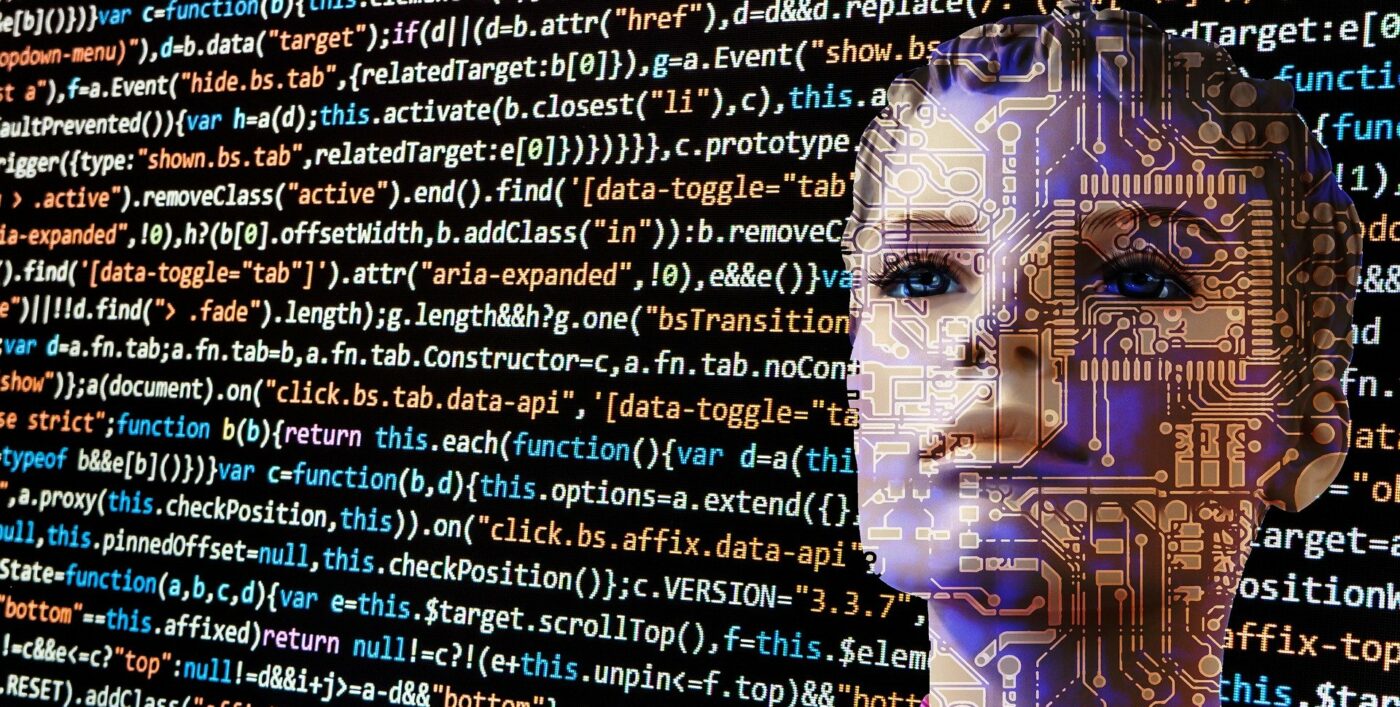News from Members
How to prevent the spread of the COVID-19 through artificial intellingence
An example is a new software tool co-developed by Déhora which aims to monitor the health of employees in, for instance, manufacturing companies. With the AI4HR tool, people who show signs of an illness can be easily detected, so that having to shut down the whole department or company can be prevented.
The software helps to predict potential illness levels and warns about possible staff shortages using data analytics. As a result, it helps to avoid having to lockdown operations.
The tools consist of various modules.
With the Health Measurement Module, body temperature and fitness levels can be monitored continuously and real-time, using thermographic cameras and other IoT devices (“Internet of things” EXPLANATION OR EXAMPLES). Collected data are displayed on a dashboard.
Increased body temperature is the first indication that somebody might be sick.
Additional indications can be acquired by measuring blood pressure, blood sugar levels and functioning of the digestive system (saturation ??). The collected information can help to make an employee improve his or her eating habits.
Another module, the Motion Measurement Module, collects data about an employee’s movements and contacts with others, in- and outside the organisation. It can show how many people the sick person was in contact, with whom and where. This can help to map the spread of the disease and reduce the risks.
Goal: To detect potentially infected persons early enough
A third module, Working Time, contains information about the hours an employee worked. Per shift or several shifts, per type of shift (day, evening, night, overtime …) …. This combined with data about the employee’s qualifications, if the others with the same qualifications for and (hourly) costs, will help to choose the right replacement in case of illness, without having to lockdown a particular company area.
“It looks like guaranteeing continuity of operations and a safe and secure work environment is going to be a key challenge for many companies in the coming months”, says Łukasz Chodkowski, Managing Director of Déhora Polska, an HR consultancy company and one of the producers of the tool. He adds that by collecting external, public data the tool can also provide insight into the global, regional and local development of a pandemic and its potential staff availability and labour market consequences.
The Labor Costs Module analyses the expenses incurred by the employer like recruitment costs, labour costs, costs of absence due to sickness and downtime of a given department or the entire plant. It also lists suggestions for substitutes for sick employees, if they are available given specifically required qualifications.
The Regional Medical Data Module is a module that collects external medical information e.g. from the hospitals in the region, think of infection, recovery and mortality rates. Comparing these data with internal data will help to determine the degree of risk and introduce appropriate, protective workplace measures.
Finally, there is the Labor Market Module. This is a module that collects external information about the region where the organization is located such as: unemployment rates, other labour market statistics, temporary employment agencies etc. It provides an opportunity to anticipate the future effects of labour shortages on the market and to react well in advance to secure necessary replacements.
Lukasz Chodkowski: “We and the world around us have become enormous data lakes. Every fraction of a second a huge amount of information is being generated. Our mind can only absorb and process a minimal part. The AI4HR tool combines the latest knowledge and technology of Artificial Intelligence and Machine Learning, so that we can make well-founded employee care and HR management decisions, taking into account all available information sources”.
Learn more about Déhora.

